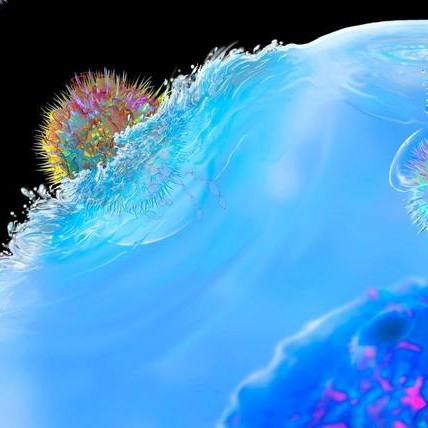-
Biotherapeutics
Science Saturday: Evolution of cardiac regeneration

February is American Heart Month, a time to acknowledge advancements in a new generation of care. This year focus is placed on repairing damaged heart tissue and restoring heart function after a heart attack. The Mayo Clinic Center for Regenerative Medicine is leading research into cardiac regeneration.
Accounting for nearly 20 million of all deaths, heart disease is the leading cause of death worldwide. Currently, there is no way to replace muscle that has died after a heart attack as damage is often irreversible. Mayo Clinic researchers and clinicians are seeking to create innovative and more affordable and accessible cardiac regenerative therapies to restore heart muscle.

“Cell therapy has pioneered our ability to drive regenerative medicine forward,” says Atta Behfar, M.D., Ph.D., director, Mayo Clinic Van Cleve Cardiac Regenerative Medicine Program in the Center for Regenerative Medicine. “In order to be impactful in the next decade, cardiac regeneration efforts need to overcome current hurdles through innovation and development of new technologies that are both fiscally and logistically realistic.”
With the clinical experience accumulated in cardiovascular regeneration both at Mayo Clinic and globally, we now know that a tailored approach will likely provide the best outcomes. For a heart attack and stroke, which require urgent care, off-the-shelf cell-independent technologies that can be stored right at the bedside may be most effective. In contrast, for more chronic conditions like heart failure where a sustained regenerative impulse is required, cellular or gene-based therapies may provide a more robust end result. As the regenerative toolkit continues to grow, with new modalities to deliver restoring cues to the heart, so will our aptitude in offering new solutions to patients in need.

“Cell-based technologies have historically been poorly compatible with acute syndromes due to the emergent need for care,” says Michael Sabbah, M.D, Mayo Clinic cardiologist and researcher in the Mayo Clinic Van Cleve Cardiac Regenerative Medicine Program. Establishment of a room temperature-stable product that can be left on the shelf in a surgical or procedure room would allow the use of regenerative therapies at the point of care following stent implantation.”
A case in point, established in the Center for Regenerative Medicine, is the use of regenerative vesicles, termed exosomes which are the active ingredient of regeneration. Exosomes are packages of signaling molecules that act as communication links between cells in the regenerative healing process. They are like an envelope with instructions for healing that one cell mails to another. They can modify the immune response and facilitate blood vessel growth. This technological platform is now under active investigation at Mayo Clinic to evaluate its ability to protect the heart against injury in heart attack.
“In the laboratory, employment of exosomes has been successful,” says Dr. Sabbah. “Our goal is to leverage what we have learned to establish new tools to treat patients with acute cardiovascular syndromes, who currently suffer from devastating and long-lasting deficits. By utilizing a cell-independent platform, our ultimate goals is to develop regenerative technologies that may be employed by providers in a broad array of clinical areas, unencumbered by logistical hurdles that are sometimes seen with other regenerative approaches.”
Although the study and use of exosomes has progressed in the lab, researchers acknowledge that this is simply one example of the type of technological advance poised to broaden the scope of cardiac regeneration. Through the optimization of biologics-based science, researchers in the Mayo Clinic Van Cleve Cardiac Regenerative Medicine Program are expected to start clinical testing later this year.
“Cardiac regeneration has historically paved the way forward in establishing novel biologics-based platforms. Our hope is that as new approaches to restore heart function are implemented, they will inspire use of similar principles across medical and surgical specialties,” says Dr. Behfar. “In order to ensure that all patients receive the highest standard of care, we must utilize the discovery process not just as a paradigm to achieve translational successes, but even more importantly as a modality to break socioeconomic divides and improve access to care.”
###







